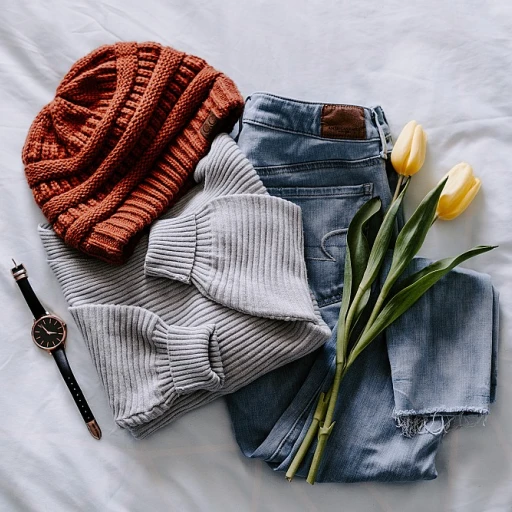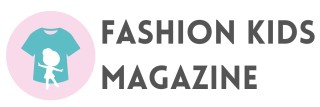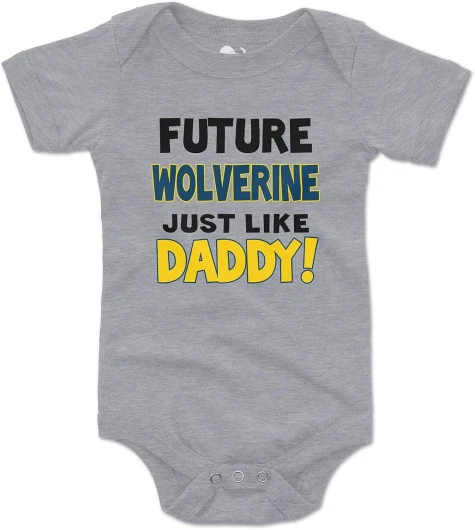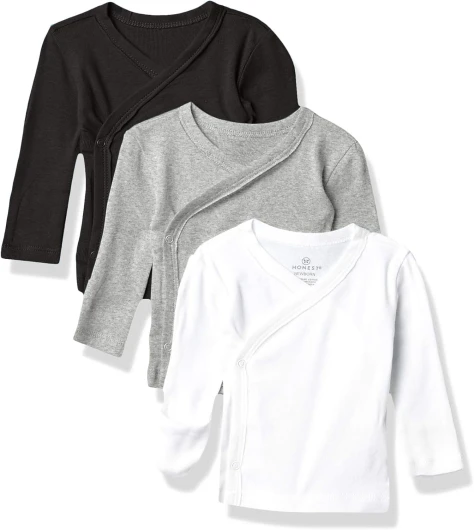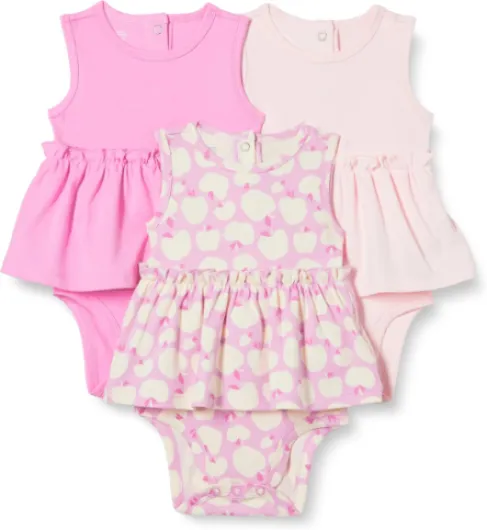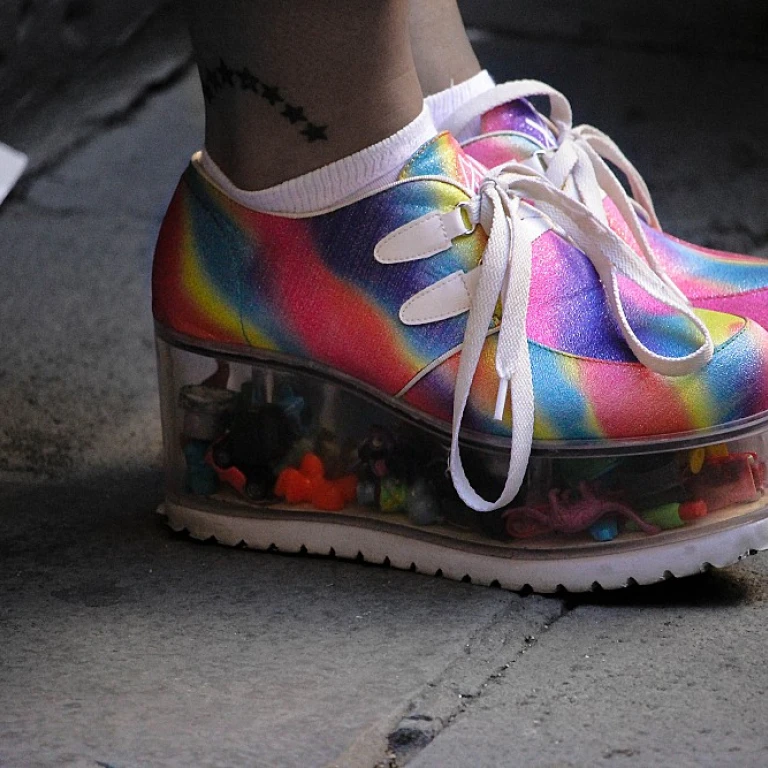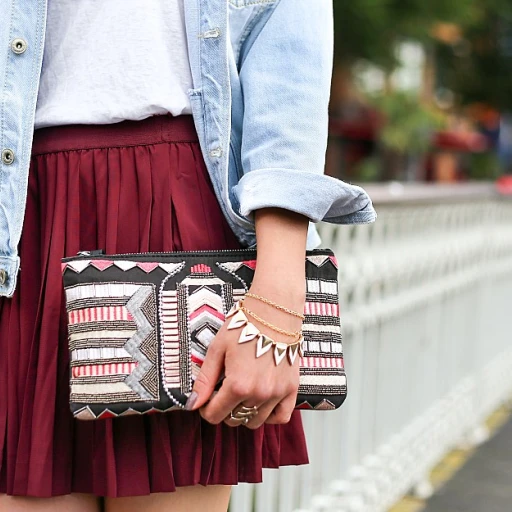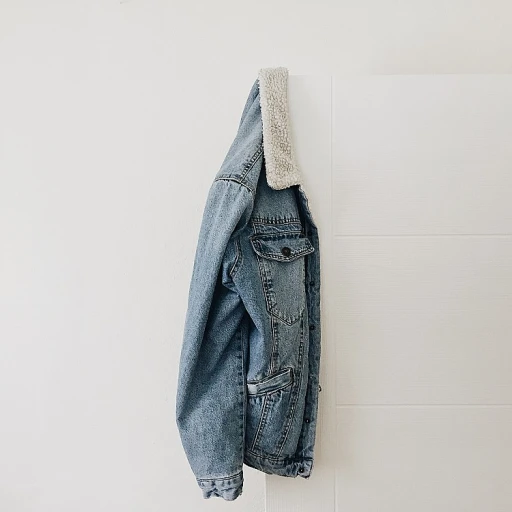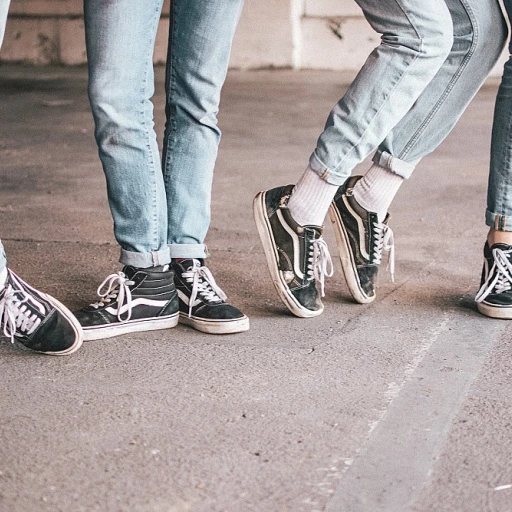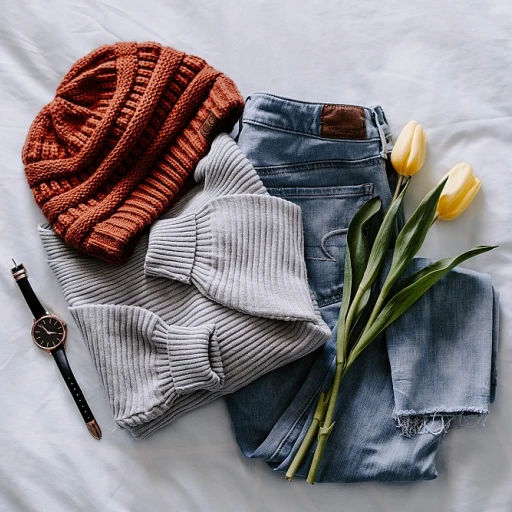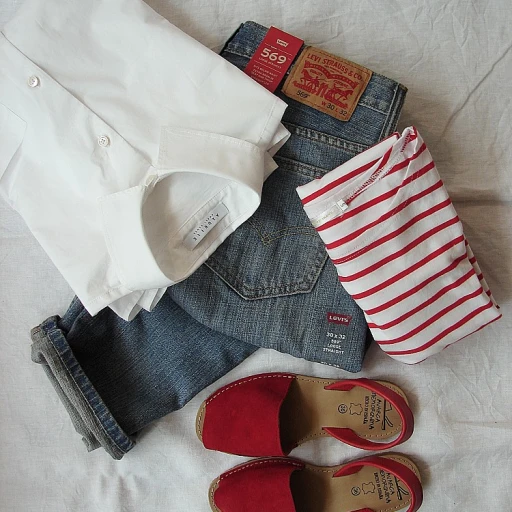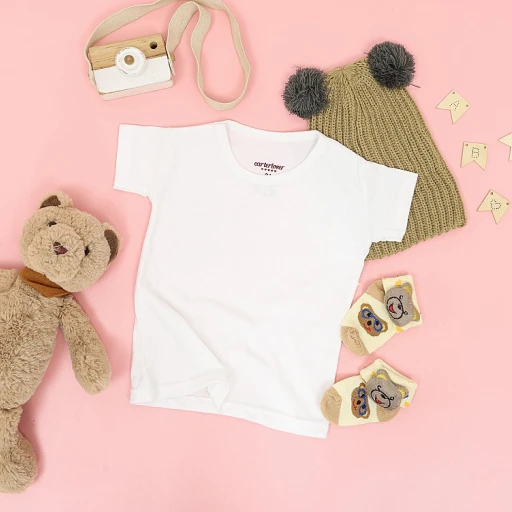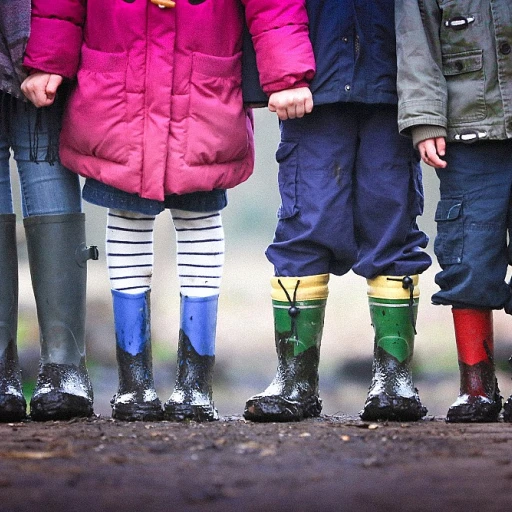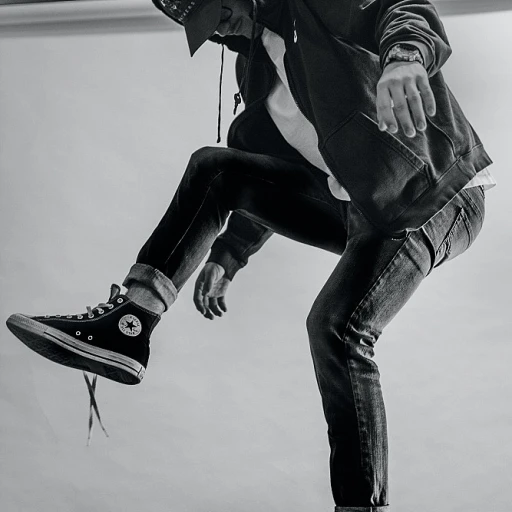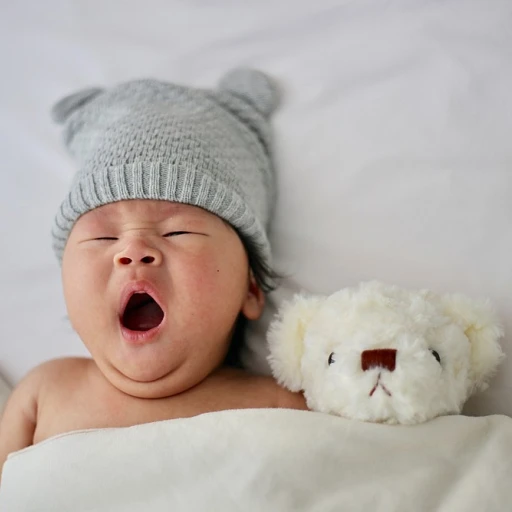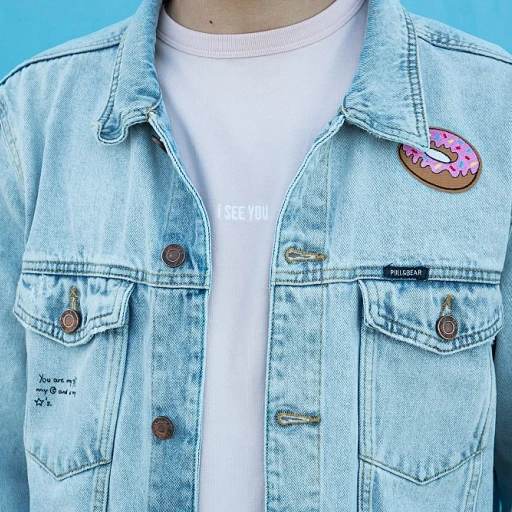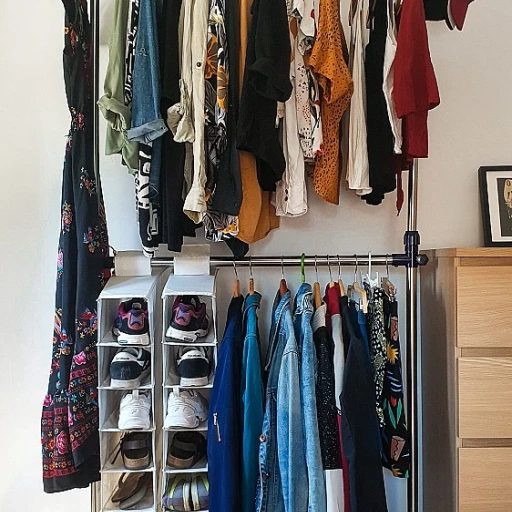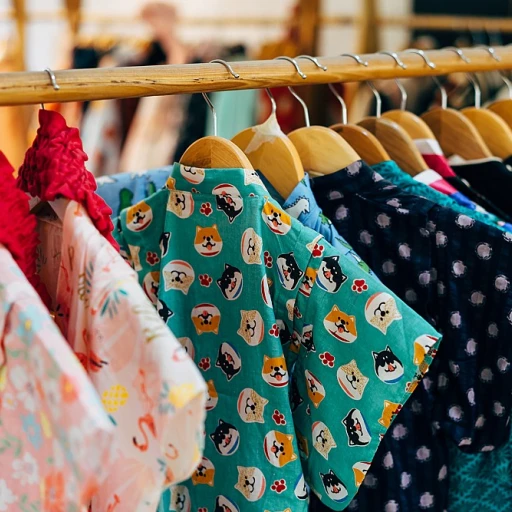Understanding Baby's Wardrobe Essentials
Building the Perfect Baby Wardrobe
When a baby arrives, the excitement is palpable. The baby's wardrobe becomes an adventure of its own. As adorable as tiny outfits are, it’s easy to go overboard without considering what a newborn really needs.
First thing's first! Onesies are at the top of the list. You’ll need quite a few as they’re versatile and comfy for every baby. Long sleeved onesies are great for cooler weather. You might find yourself grabbing these practical pieces every day. Don’t underestimate the magic of layerings—it's crucial to keeping your little one cozy.
Then there’s the question of many newborn outfits your tiny tot actually needs. Newborns have wee wardrobes because they grow like weeds! In those early months, it’s common to feel tempted to buy many clothes, but it’s a good idea to focus on the essentials. Clothes baby truly needs over the first month should include about 7 onesies, 3-5 pants, and a couple of comfy sweaters.
Babies can go through outfits more than once a day due to inevitable spills and messes. Instead of stocking up, wash and rotate outfits weekly. Not only will you manage laundry better, but it'll keep baby clothes looking fresh.
It’s not really about clothing in newborn size alone—consider sizing up as babies grow quickly. That tiny outfit may only fit for a few weeks! Sizes, usually indicated in months, vary between brands, so it’s always worth checking the labels and user reviews.
Seasonal Considerations for Baby Clothes
Weather Matters: Dress Your Baby Right
When it comes to dressing your little one, the weather plays a huge role in deciding how many clothes your baby really needs. Newborns, with their delicate skin, require a bit more thought when it comes to seasonal clothing. You don't want your baby shivering in the cold or sweating in the heat, right?
Warm and Cozy for Winter
During the chilly months, layering is your best friend. Think about adding these to your baby's wardrobe:
- Long-sleeved onesies: A must-have for keeping your baby warm and snug.
- Thick socks and booties: Babies can lose a lot of heat through their feet.
- Warm hats: Keep those tiny heads warm!
- Snuggly sweaters and jackets: Perfect for outings.
Remember, it's all about keeping your baby warm without overheating. Check their neck or back to ensure they're comfortable.
Light and Breezy for Summer
Summer babies will need a different set of clothes to keep them cool and comfy. Here's what you might consider:
- Short-sleeved onesies: Lightweight and breathable, perfect for hot days.
- Sun hats: Protect your baby's sensitive skin from the sun.
- Lightweight blankets: Handy for those cooler summer evenings.
Spring and Fall: The In-Between Seasons
These seasons can be tricky with their unpredictable weather. Layering is key here too. You might find yourself dressing your baby in:
- Long-sleeved shirts and pants: For those cooler mornings and evenings.
- Light jackets or cardigans: Easy to put on and take off as the temperature changes.
Adapting to Changing Weather
Babies grow fast, and so does the weather change. It's a good idea to plan ahead and have a few outfits ready for those sudden weather shifts. As you prepare your baby's wardrobe, remember that comfort comes first. You'll find that having a mix of clothing options helps keep your baby comfortable no matter the season. For more tips on how many baby clothes you really need, check out this
helpful guide.
Growth Spurts and Clothing Sizes
When It Comes to Baby Growth, Size Matters
Babies grow at an impressive speed, and this can really keep parents on their toes. One minute, your newborn is swimming in their onesies; a few week later, they've outgrown them. It’s a rollercoaster ride, for sure!
In those crucial early month, expect your baby to experience several growth spurts. It's common for newborns to grow about an inch and gain 4-7 ounces a week, leading parents to realize quickly that buying bigger sizes may be a good idea.
But how many clothes does a baby need? Keeping this rapid growth in mind, having a variety of sizes is wise. It's not just about enough outfits for the week. Those onesies and bodysuits you loved during the last week of pregnancy may not fit come your baby's "big month."
If you’re stockpiling newborn clothes for your little bundle of joy, you might find yourself in a bit of a pickle sooner than you think. Newborn size is this scarce territory, fitting babies just a couple of months. Ideally, have a mix of sizes ready--0-3 months, 3-6 months, and even a few 6-9 months for your budding baby model.
Need to know more about balancing your baby's wardrobe and tackling those inevitable stains? Check out
effective tips for removing baby poop stains from clothes.
For parents seeking the perfect fusion of style and functionality while grappling with ever-changing size demands, planning the perfect "baby wardrobe" can be challenging but equally rewarding. So stay ahead by not only focusing on current needs but also by preparing for the exciting days ahead filled with giggles and outfit changes!
Eco-Friendly and Sustainable Choices
Embracing Green Choices for Your Baby
Every day, more parents are making choices with the environment in mind, and choosing eco-friendly and sustainable baby clothes is a growing trend. When you think about how many clothes a baby can go through in a week, it's easy to see why these decisions matter. Clothes need frequent washing, and before you know it, your little one's outfits have been washed and reworn numerous times. So, opting for eco-friendly options is not just about doing good; it's about keeping your baby safe and comfy too.
Many newborn clothes are now made from organic materials, which are great for a newborn's sensitive skin. These materials are grown without harmful chemicals, making them an ideal choice for your little ones. They offer the same comfort and style as regular baby clothing, without the environmental impact.
But, let’s talk about sizing. It’s a good idea to keep baby clothes in varying sizes, especially for the first 3 months, since babies grow rapidly during this time. Storing clothing in sizes ranging from newborn to 3 months will keep baby covered no matter how fast they sprout up.
It’s also worth noting that investing in sustainable baby gear from the get-go can sometimes mean spending a little extra upfront. However, these pieces often include high-quality fabrics with durability that stand the test of time—and withstand countless washes and spills!
Choosing to embrace sustainable baby wardrobe planning isn’t only about environmental savings—it's also kind on your wallet in the long run. After all, who wouldn’t want to keep their bundle of joy comfy in onesies made with love for both your child and our planet? Many baby clothes come in minimalist designs and neutral colors, which work well for mixing and matching, helping you figure out how many clothes to buy for your baby.
While selecting eco-friendly options, you’re not only considering how you keep baby in style, you're also investing in their future. Remember, it’s these small actions that contribute to a bigger difference. You can take pride in knowing you're helping pave the way for your munchkin's first steps in style and eco-consciousness.
Budgeting for a Baby's Wardrobe
Keeping Costs in Mind: Building a Baby's Wardrobe on a Budget
Let's be real, having a baby can give your wallet a workout. It's not just the clothes, it's everything else too. But don't worry. You can dress your little one in style without blowing your budget. Here's how you can make your newbie's wardrobe both fabulous and wallet-friendly.
First off, resist the urge to buy every cute onesie you see, especially in the newborn size. Babies grow faster than you can blink - it’s like one minute they're all swaddled and tiny, the next they need a whole new set of clothes. A good idea is to start with a few newborn outfits and focus more on clothes for 3-6 months or even 6-9 months.
Remember, babies often go through about 2-3 outfit changes a day because, well, babies do what babies do best – make messes. On average, a baby needs about 10-15 onesies and an equal number of socks. If you've got a winter baby on the way, make sure to have long sleeved options at the ready. Consider investing in layering pieces to keep baby warm as temperatures drop.
Shopping sales can be your saving grace. Timing is everything - buy winter clothes off-season in spring and summer wear in fall. You can often snag brand-new clothes at discount prices that way. Also, consider shopping second-hand. Babies grow out of clothes so quickly, second-hand items are often in great condition and much cheaper than buying new.
Most importantly, look for a balance between quality and price. Sometimes it's worth spending a little more for clothes that will last. Basic, durable baby clothing saves you from needing replacements and passing them down to future siblings or sharing them with friends.
Sure, saving money for big-ticket baby needs is important, but don't forget: baby's wardrobe needs to work for you, too. You need stuff that's easy to wash, super-soft, and can withstand all the wriggling and squirming without stretching out. Because let's face it: sometimes, you really do need to justify buying that adorable outfit with teeny, tiny dinosaurs!
